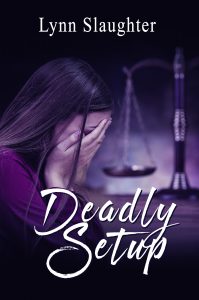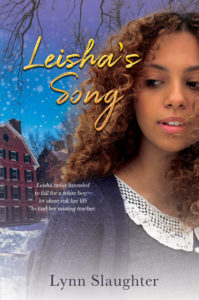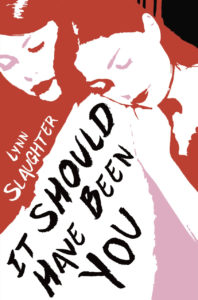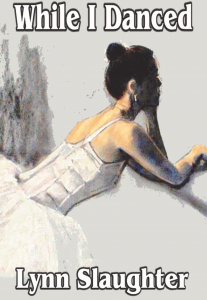“Are All Your Stories About People in the Arts?”
 We were in the middle of a critique session when a fellow writer turned to me and asked, “Are all your stories about people in the arts?”
We were in the middle of a critique session when a fellow writer turned to me and asked, “Are all your stories about people in the arts?”
I nodded and gave her the usual explanation, “Well, that’s the world I know.” But digging deeper, running throughout much of my work is the idea that the arts can provide solace and comfort, a way to express painful emotions and process them.
Take, for example, Samantha (Sam) in my novel, Deadly Setup, whose official release, July 5, is right around the corner. Sam loves playing the piano and calls it her “happy place.” When she’s immersing herself in her music, she feels better. On trial for the murder of her mother’s fiancé, she’s over at her boyfriend’s house and he asks her what would make her feel better. She doesn’t hesitate. “Would you mind if I played your piano?” She plays every angst-ridden song she can think of to express her fear and anxiety about what she’s going through. And it helps.
In my novel, Leisha’s Song, Leisha also has a passionate relationship to music. An aspiring classical singer, she goes into the zone when she sings and can push away all the things bothering her—the mother who abandoned her, her missing teacher, her grandfather who is pressuring her to pursue medicine rather than music, and her attraction to a boy who’s supposed to be strictly off-limits. For Leisha, singing feels like breathing—necessary for her to live her life fully and joyfully. 
Then there’s Clara in It Should Have Been You. Grieving over the murder of her piano prodigy twin and dogged by rumors that she was somehow involved in her twin’s demise, she loses herself in the advice column she ghost writes for her high school newspaper. She loves to write and welcomes losing herself in her work as she tries to help other people with their problems, an escape from her own.
And finally, Cass in While I Danced, takes refuge in her dancing. When she confides to her ballet teacher how heartbroken she is that she’s lost both her best friend and her boyfriend who fell in love and tried to hide their relationship from her, her teacher offers to set a solo on her which she choreographed following the betrayal of her ex-husband. Clara finds enormous solace in working on this project. And later, when she makes a discovery about her mother which upends everything she’s ever been told or believed, she heads for the studio to dance out her grief and painful feelings of betrayal.
I once wrote a blog called, “Are We Always Writing the Same Story?” in which I talked about a theme running throughout my work—that when your family is unable or unwilling to fully be there for you, it’s vital to form your own intentional family of choice. But I’m recognizing that there’s also a second theme running throughout my work—the arts can be lifesaving and life-affirming. 
They certainly have been for me. I was a pretty lonely kid—no mom around, a workaholic dad, and two older sisters who were much closer in age to each other than they were to me. Besides, they associated my arrival on the scene with the loss of their mother to mental illness. All those hours spent dancing to music in my living room helped me express my loneliness and sadness. And later, as an adult dealing with a painful divorce, going to dance class and rehearsal every day felt like a lifesaver.
So, yes, I guess I am writing about what I know. There’s a reason why there are fields like visual art, music, and dance therapy. The arts can be healing and life-affirming. Just ask my characters! 